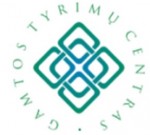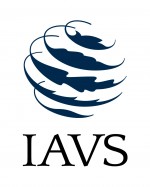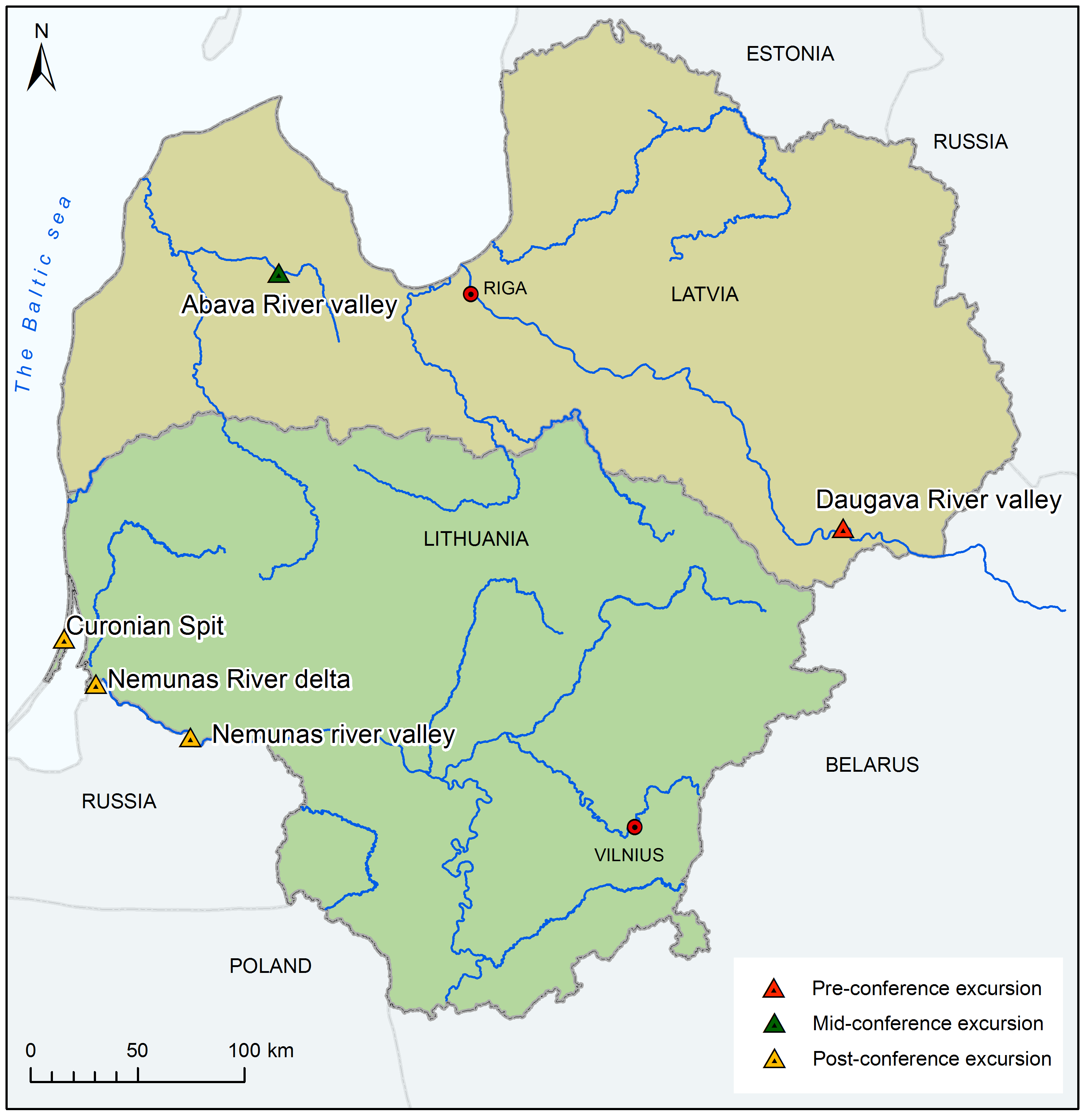Field Excursions
The Eastern Baltics lie in the mixed broad-leaved and coniferous forest zone and are divided between two phytogeographical provinces: the western regions belonging to the Central European, and the eastern to East European province. Baltic botanists L. Laasimer and A. Rasins argues for the existence of an independent Baltic province. A substantial oceanity belt crosses the Baltic sea eastern coast, and continentality rises rather quickly to the east in this area.
Three excursions are offered to the participants (Fig. 1.):
Practical Advice
In Latvia, July is the warmest month of the year. The average air temperature is around +19 oC, with exceptional possible peaks as low as 7°C and high as 32°C as observed in previous years. Weather can be quite variable during the day from heavy rain to sunshine. The average amount of rain observed during July in Latvia is 10 mm and you would typically have 16 rainy days. For excursions rainwear is recommended.
Please take care about your health insurance during the conference. Be aware that ticks occur in areas we will visit. There is a risk of tick-born encephalitis and Lyme disease throughout the country. Travellers should avoid tick bites by wearing long sleeves and pants, preferably tucked-in. Use insect repellent on exposed skin, socks and outer clothing. Travellers should check their skin regularly for ticks and remove them as soon as possible. The organizers will bring tick removers. There are also tick-born encephalitis vaccines. Consult a physician at least five months in advance before traveling, because the usual schedule is to have three injections of vaccine.
Pre-conference excursion (optional, max 40 participants)
We will see the Eastern Baltic semi-natural grasslands of the Daugava River Valley. Plant communities include the classes Koelerio-Corynephoretea (Koelerion glaucae), Festuco-Brometea (Filipendulo-Helictotrichion), Molinio-Arrhenatheretea (Calthion, Arrhenatherion, Cynosurion), and hygrophylous tall herb communities of the Galio-Urticetea along the river banks. Rare plant species include Centaurea rhenana, Dianthus arenarius subsp. borussicus, Helichrysum arenarium, Gentiana cruciata, Jovibarba globifera Allium schoenophrasum etc. We will visit several sites including recently restored site which was overgrown by pines. The second day will be devoted to the Dviete River Valley (tributary of the Daugava) with extensive floodplain grasslands (Calthion, Magnocaricion) grazed by semi-wild horses and supporting the rare species Iris sibirica, Gladiolus imbricatus, Viola persicifolia, and Cnidium dubium.
The area near Daugavpils town is also known as an important cultural center for Orthodox Old-Believers of Eastern Latvia. Old-believers separated after 1666 from the official Russian Orthodox Church as a protest against church reforms introduced by Patriarch Nikon of Moscow in the mid-17th century. Participants will have the opportunity to visit Naujene local history museum’s outdoor branch – Old-believers house.
Accomodation will be in a camping situated near the Daugava River in dry grassland area in camping houses each with four beds. Basic common shower and toilet facilities are available (note, that no private bathrooms are available).
For those who would like to participate also in one or both workshops of R programme, the participation only in the first day of the excursion and early return to Riga on 5th July will be organized.
 |
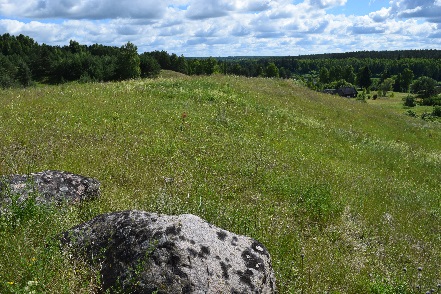 |
| Restoration of dry semi-natural grassland near Old-Believers village “Slutišķi”. | Xerophytic grassland with Koeleria glauca and high lichen diversity. |
 |
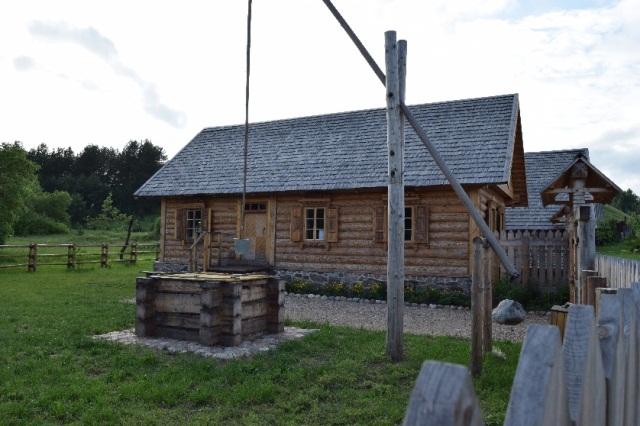 |
| Semi-dry Filipendulo-Helictotrichion grasslands with Stachys officinalis. | Old-Believers village “Slutišķi”. |
 |
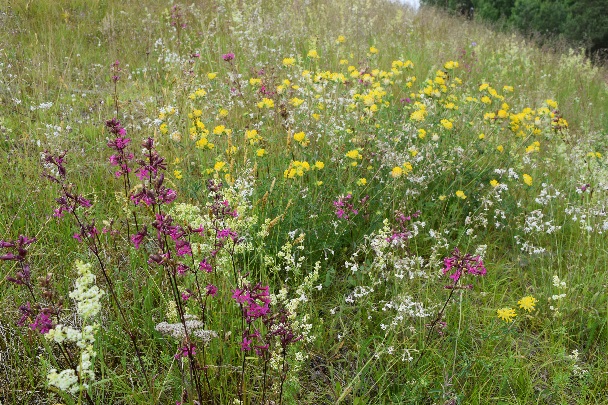 |
| Dry grassland near the Old-Believers village “Slutišķi”. Photos: S.Rusina | |
 |
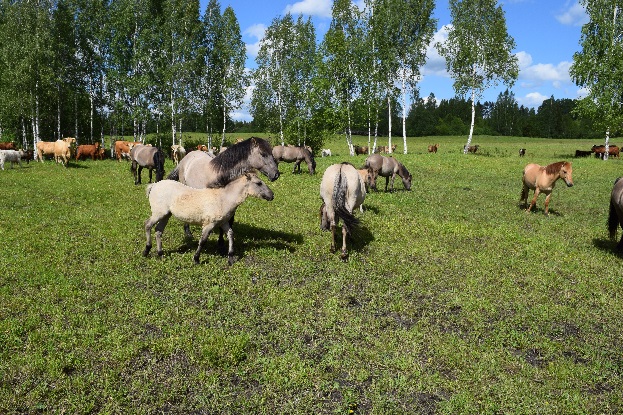 |
| The Dviete flood-plain grasslands. Photos: S.Rusina | |
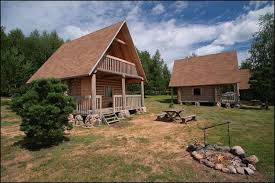 |
 |
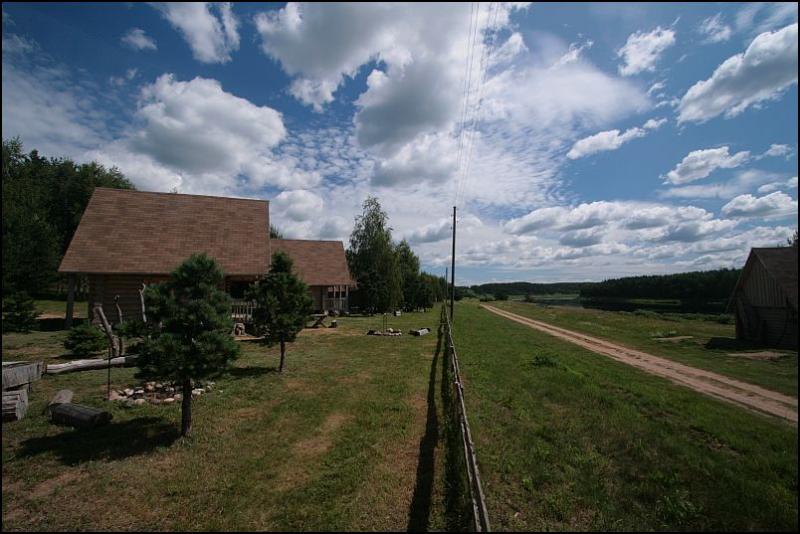 |
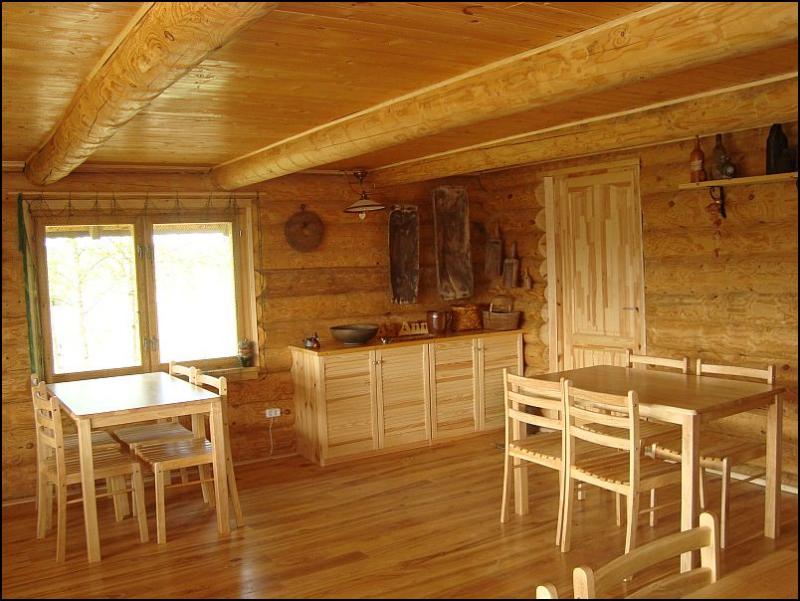 |
| Camping site. Photos: www.piedaugavas.lv | |
Mid conference excursion
The Abava River Valley – the pearl of dry calcareous grassland diversity in Latvia. Plant communities include the classes Koelerio-Corynephoretea (Plantagini-Festucion), Festuco-Brometea (Filipendulo-Helictotrichion), and Juniperus communis stands in calcareous grasslands (Fig.7.–8.). We will also see broad-leaved forests (Querco-Fagetea) and calcareous fens (Caricion davallianae). Rare plant species include the dry grassland species Astragalus danicus, Carex ornithopoda, Gymnadenia conopsea, Viola collina, Sesleria caerulea, and the fen species Carex davalliana, Schoenus ferrugineus, Pinguicula vulgaris, Primula farinosa, Crepis praemorsa.
In the traditional town of Sabile the grassland party of the EDGG will take place late in the evening.
 |
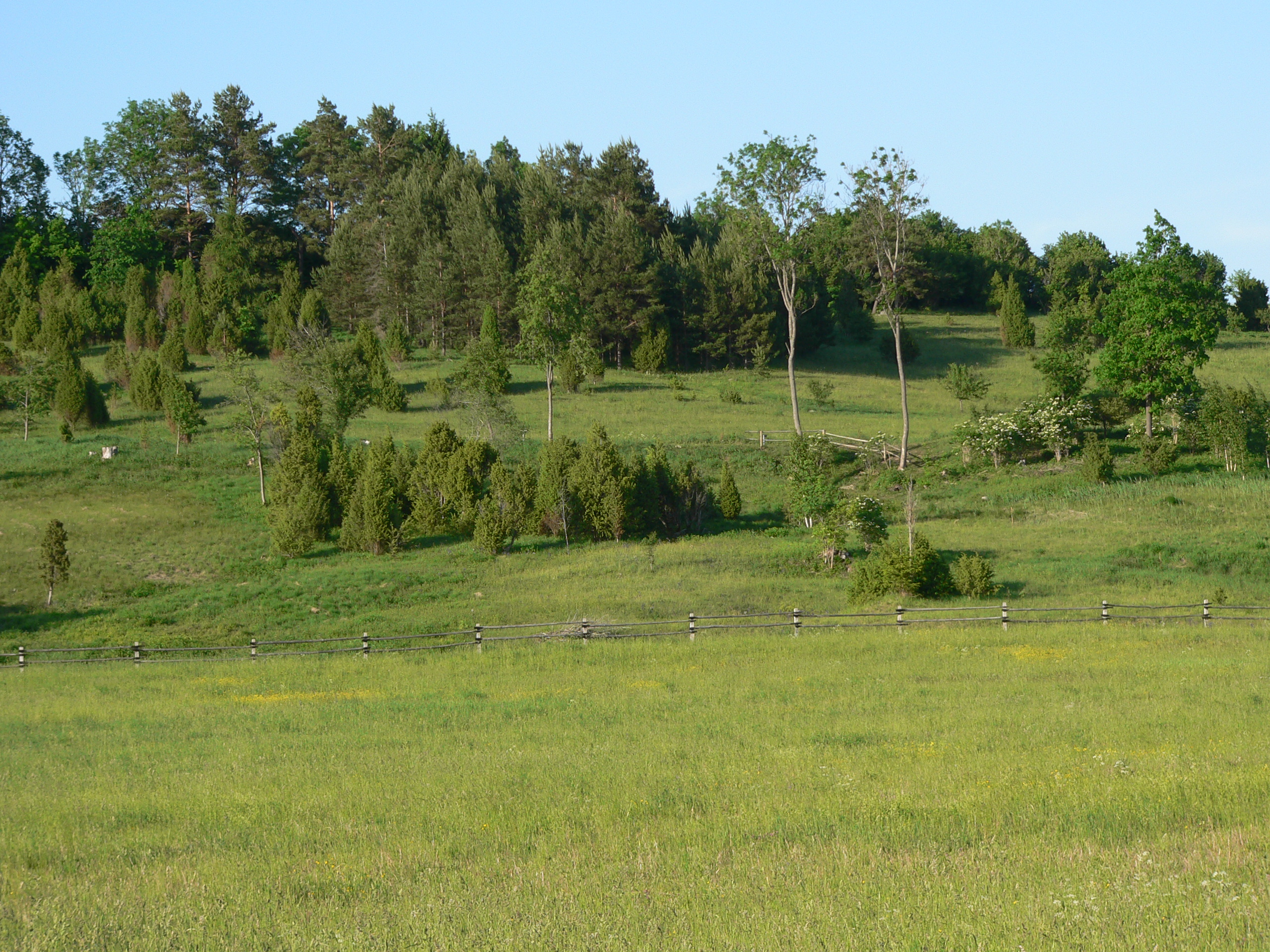 |
| Juniperus communis stand in semi-dry grassland of Filipendulo-Helictotrichion. | The Abava River Valley. |
Post-conference excursion - Lithuania (optional, max 40 participants)
Two sites will be visited in Lithuania – the Curonian Spit and the Nemunas River Valley.
For those who would like to participate in the post-conference excursion personal data will be asked after registration, because a visit in EU borderland with the Russian Federation is planned. While staying in the borderland, participants should have a valid passport and visa (if applicable) with them.
The Curonian Spit is a unique and vulnerable; sandy and wooded cultural landscape on a coastal spit which features small Curonian lagoon settlements. The sand dune peninsula, 98 km long and 0.4-4 km wide, shared by Lithuania and Russian Federation, is inscribed in the UNESCO World Heritage List (2000). Diversity of the coastal sand vegetation (Ammophiletea, Koelerio-Corynephoretea) include sandy beaches, coastal foredune ridge, sea sand plain/palve, and the Great Dune Ridge with shifting and fixed dunes with populations of Linaria loeselli – endemic species of eastern Baltic coast.
Nemunas is the largest Lithuanian river. It is noted for spectacular floods during the snow melting and ice break period. The flooded area on the right bank stretches up to 300 km2. Meadows and pastures, annually fertilized with alluvium, along with a variety of wetlands, make the dominant vegetation type in the region. Delta is internationally important as a resting and feeding place for migratory birds, also as a living area of Aquatic warbler (Acrocephalus paludicola) – a globally endangered bird species. Diversity of floodplain vegetation includes swamp and fen vegetation (Phragmito-Magnocaricetea), managed grasslands of different floodplain ecologic belts (Molinio-Arrhenatheretea, Festuco-Brometea), dry grasslands of riverine dunes (Koelerio-Corynephoretea).
 The Curonian Spit. http://whc.unesco.org/en/list/994 The Curonian Spit. http://whc.unesco.org/en/list/994 |
 |
| Complex of shifting and grey dunes |
|
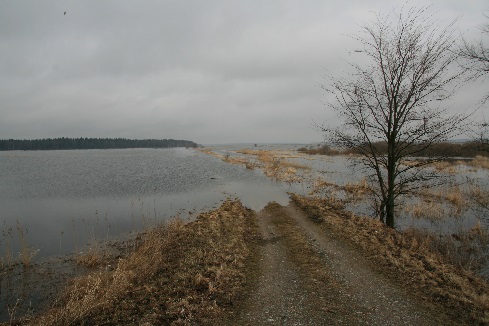 |
 |
| Flooded area of Nemunas Delta. | Wetland of Nemunas Delta |
| Photos: V.Rašomavičius | |
Further reading
- Guide to grassland indicator species
- Guide to characteristic species of EU importance habitat types in Latvia: (coming soon)



